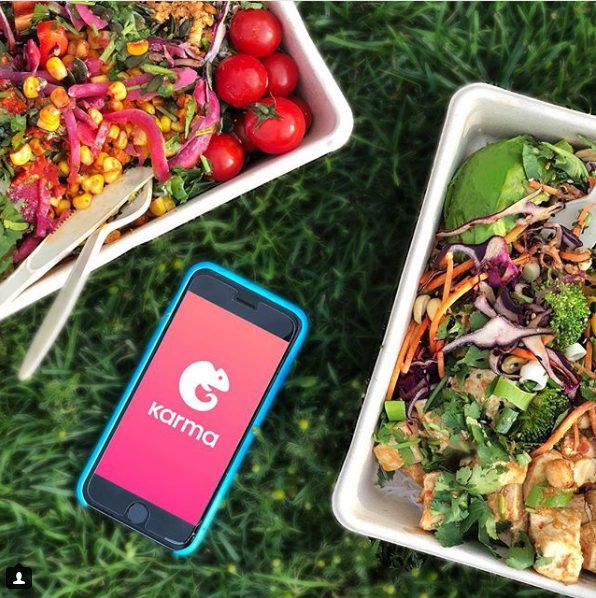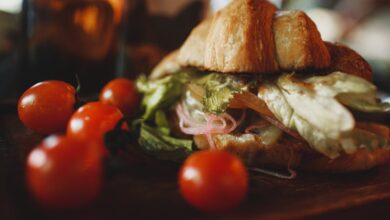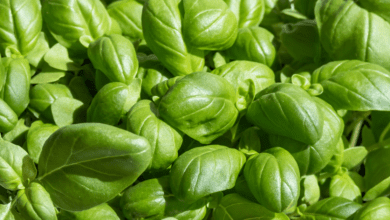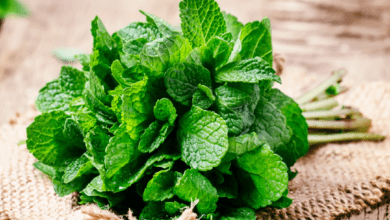Food
This App is Saving Unsold Food from Going to Waste
Each year a third of food production for human consumption is lost or wasted globally. This is equivalent to approximately 1.3 billion tons of edible food which gets lost during harvesting and processing, is lost at the retail or consumer level, destroyed in transport, not bought at stores, or simply thrown away by consumers.
When we think about all the things that are hurting our planet, we don’t necessarily think about how much food we’re throwing away and how it’s impacting our planet. Not only does it take a lot of resources to produce food, but when food gets wasted it contributes to greenhouse gas emissions and therefore climate change.
But the Karma team has come up with a cool idea that saves the earth and also a hungry man’s wallet…
What is Karma?
Karma is a Stockholm, Sweden-based startup by co-founders Elsa Bernadotte, Hjalmar Ståhlberg Nordegren, Ludvig Berling, and Mattis Larsson, which was created to mitigate the world’s food waste problem. They believe that great food shouldn’t be wasted. Their app Karma was officially launched in November of 2016 and the premise for it is quite simple: sellers upload pictures and information about unsold food to the app marked at a 50% discount and nearby users can browse the app, purchase food, and pick it up as takeaway. This way customers get cheaper food, restaurants make more money, and the planet suffers from less greenhouse gas emissions. It’s a win-win situation for everyone!
“great food shouldn’t be wasted” Karma app

How it all began
Karma initially started as a platform for sharing daily deals that users found and uploaded to the app (almost as a crowdsourced version of Groupon), however, the app quickly lost its user base, so the team made the decision to narrow their offering to surplus food.
In the beginning, the Karma team faced some issues while approaching restaurants and retailers. Very few were prepared to admit that they had food waste and many even said solving the food waste problem wasn’t something that could be done so easily. Nevertheless, this didn’t stop Karma from becoming what it is today.
The startup attracted some early funding from Swedish investors that allowed the team to grow and look for a second market. They chose London for two simple reasons: it’s the capital city of a country with a huge food waste problem, and it has a growing sustainability movement driven by customers and sellers. To no surprise, Karma was a hit in London.
The startup attracted some early funding from Swedish investors that allowed the team to grow and look for a second market.
How is Karma helping save the planet?
While Karma is currently offered all around Sweden and in London, it has already achieved amazing results. It has:
- Partnered with more than 1,500 retailers,
- Created a community of over 350,000 app users,
- Spread to over 150 cities,
- Helped divert 200 tons of food from landfills per year,
- Increased the revenue for participating restaurants to up to €50,000 per year
- Saved 450,000 items of food
- Decreased greenhouse gas emissions equal to 19,000 days of car use
How to get started
Using Karma is as easy as can be.
- Download the app to your iOs or Android mobile device,
- Create an account,
- Find and buy food near you. The app is location-based so you can easily and quickly see what restaurants and food are near you, then you simply pick up the food as a takeaway.
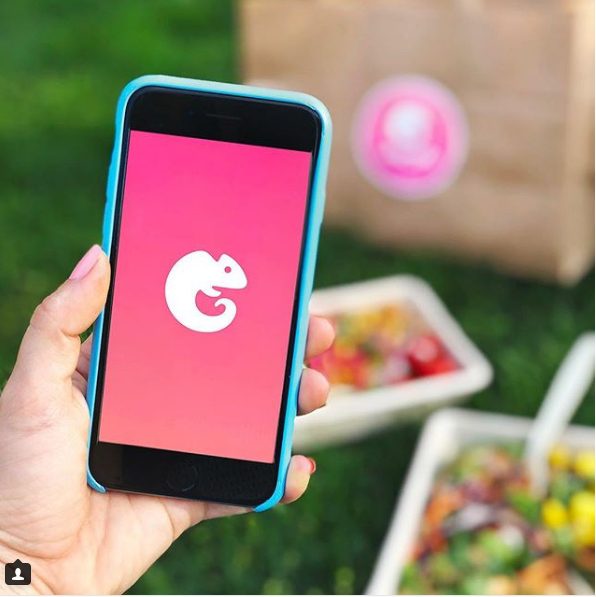
What else can we do?
It starts with you. If each person in the world started caring more about the food waste that goes on in their household, the world could quickly start solving this worldwide problem that is killing our planet.
- Shop smarter
Think about what food usually stays and expires in your pantry and refrigerator and consider that information the next time you go grocery shopping. It might sound simple, but it’s a huge change that you can implement in your daily life. It also helps to plan your meals in advance and make details shopping lists that you stick to and if you can, purchase locally sourced food from smaller sellers. - Use smaller portion sizes
With plate sizes and portions increasing drastically over the last few decades we need to become more mindful of the amount of food we put on our plates. Realistically, you don’t need giant portions to be full and the idea that you do is mainly driven by restaurants. When cooking at home, be mindful of the amount of food you’re cooking and - Always check expiration dates before buying
Make sure you’re not buying products that will expire sooner than you plan on consuming them. Especially check products such as milk and eggs to prevent coming home with products that are expiring within a few days of your purchase. - Save leftovers
Not only should you save leftovers, you should also eat them. If you have cooked too much food or brought home leftovers from a restaurant, plan your following days around eating the leftovers and keep track of when you got them and how long they have been in the refrigerator or freezer.
While there are many things you can do in your household to prevent food waste, companies like Karma are greatly increasing our chances of saving the planet from the food waste epidemic we’re currently experiencing. With more restaurants joining programs such as the one Karma offers, there’s no better time to join in on the action and help save the planet all while enjoying delicious food at a lower cost.
Unsold food waste FAQs
How can I get leftover food from restaurants?
There are several ways you can obtain leftover food from restaurants:
- Food Rescue Apps: Many cities have food rescue apps or platforms that connect restaurants and other food establishments with individuals or organizations who can pick up surplus food. These apps allow you to browse nearby restaurants and arrange to collect leftover food that would otherwise go to waste.
- Food Donation Programs: Some restaurants actively participate in food donation programs. Contact local food banks, shelters, or charitable organizations to inquire about their partnerships with restaurants and see if they accept donations of surplus food.
- Negotiate with Restaurants: In some cases, you may be able to negotiate with restaurants directly. Speak to the manager or owner and explain your intention to reduce food waste. They might be open to providing you with leftover food or offering discounts on items nearing their expiration date.
- Local Food Recovery Initiatives: Look for local food recovery initiatives or organizations in your area. These groups specialize in collecting surplus food from restaurants, catering events, and other sources, and distributing it to those in need.
Remember, it’s important to maintain food safety standards when handling leftover food. Make sure to store and handle the food properly to prevent any health risks.
How much food is wasted globally, and what are some examples of unsold food waste?
Globally, a significant amount of food is wasted each year. While it is difficult to provide an exact figure, estimates suggest that approximately one-third of all food produced for human consumption is wasted. This equates to roughly 1.3 billion tonnes of food annually.
Unsold food waste refers to food that remains unsold or unused and is subsequently discarded. Some examples of unsold food waste include:
- Fresh Produce: Fruits, vegetables, and other perishable items that do not meet aesthetic standards set by retailers may go unsold and end up as waste. These items might have slight imperfections, odd shapes, or superficial blemishes that do not affect their quality or taste.
- Prepared Meals: Restaurants, cafes, and other food establishments often prepare more food than they can sell within a specific time frame. These unsold prepared meals, such as sandwiches, salads, or cooked dishes, may be discarded if not consumed or repurposed.
- Bakery Items: Bakeries frequently have leftover bread, pastries, and other baked goods at the end of the day. These items may be considered less desirable for sale the following day and maybe wasted if not donated or repurposed.
- Dairy Products: Unsold milk, cheese, yogurt, and other dairy products often contribute to food waste. These perishable items have limited shelf lives, and if not sold before their expiration dates, they are frequently discarded.
- Packaged Foods: Retailers occasionally have excess inventory of packaged foods due to overstocking or poor sales. These products, including canned goods, snacks, and non-perishable items, may be wasted if not sold or donated in a timely manner.
Reducing unsold food waste is crucial for addressing food security, environmental sustainability, and economic efficiency. Efforts are being made globally to minimize food waste through improved supply chain management, donation programs, and public awareness campaigns.


